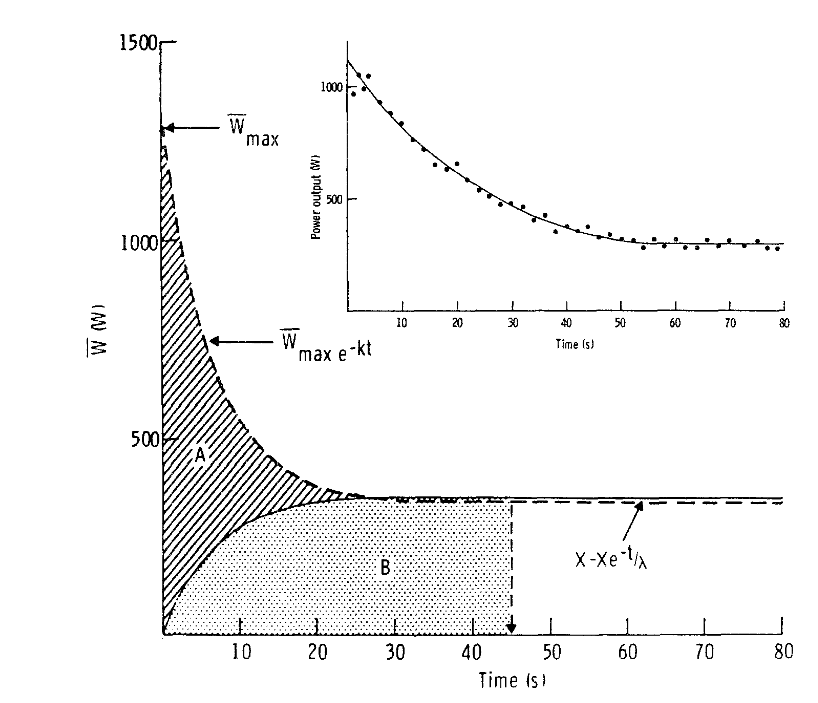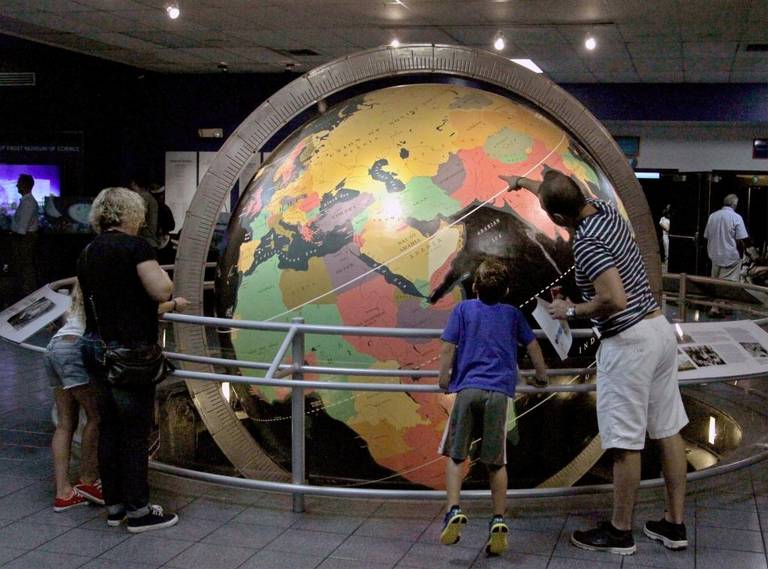
Figure 1 taken from Maximal mechanical power output and capacity of cyclists and young adults by Davies and Sandstrom, Eur. J. Appl. Physiol. 58, 838 (1989)
 Copyright © Michael Richmond.
This work is licensed under a Creative Commons License.
Copyright © Michael Richmond.
This work is licensed under a Creative Commons License.
First, we'll do an example involving linear motion -- then, one with rotational motion.
Joe is driving his Toyota Corolla one day when it runs out of gas. "Oh well," sighs Joe, "I guess I'll have to push it to the gas station."
He knows there's a gas station about one mile ahead, along a nice, straight, level road. In order to get there before night falls and the ice weasels come, he'll need to maintain a speed of v = 3 m/s.
As he pushes the car at this speed, air resistance exerts a drag force of F = 600 N. Clearly, Joe must push forward with this same force in order to prevent the car from slowing down.
Not sure? Look at a paper by Davies and Sandstrom, Eur. J. Appl. Physiol. 58, 838 (1989)

Figure 1 taken from
Maximal mechanical power output and capacity of cyclists and young adults
by Davies and Sandstrom, Eur. J. Appl. Physiol. 58, 838 (1989)

Image courtesy of
Miami Herald
Back in 1934, Pan Am built a big globe as the centerpiece of its Dinner Key airboat terminal in Florida. The hollow globe has a radius of R = 1.524 m and a mass M = 3000 kg.
A motor spins the globe at 10 RPM.
Little Billy sticks his hand out and presses his finger against the equator with a force of F = 60 N. The coefficient of kinetic friction between finger and globe is μk = 0.25.
 Copyright © Michael Richmond.
This work is licensed under a Creative Commons License.
Copyright © Michael Richmond.
This work is licensed under a Creative Commons License.